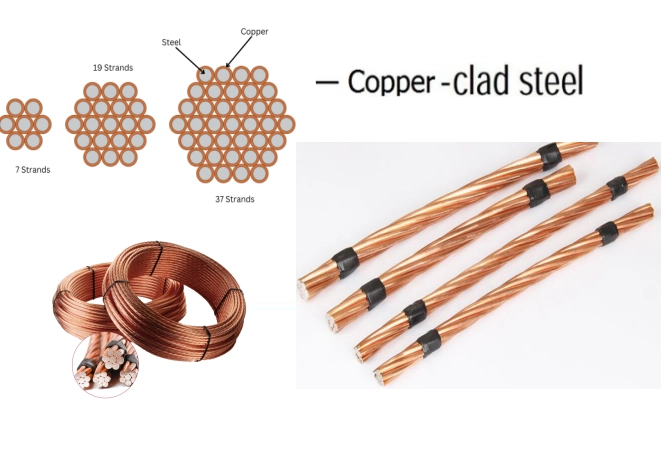When it comes to food storage, the choice of container can significantly impact the freshness, safety, and longevity of your food. With a myriad of options available on the market, selecting the right container can be overwhelming. This comprehensive guide will explore various types of food storage containers, their materials, and their suitability for different food items, ensuring that you make an informed decision that aligns with your culinary needs.
Understanding Food Storage Needs
Before diving into specific container types, it’s essential to understand your food storage needs. Consider the following factors:
- Type of Food: Different foods have varying storage requirements. For example, liquids may require airtight containers, while dry goods can be stored in breathable materials.
- Duration of Storage: Are you storing food for a few days, weeks, or months? Long-term storage may necessitate vacuum-sealed containers or specialized materials.
- Space and Organization: Evaluate your kitchen space. Stackable containers can save space, while clear containers help with visibility and organization.
Types of Food Storage Containers
- Glass Containers
Glass containers are a popular choice for food storage due to their non-reactive nature and durability. They are ideal for storing acidic foods, such as tomatoes or citrus, which can react with plastic. Additionally, glass containers are microwave and dishwasher safe, making them convenient for reheating and cleaning.
Pros:
- Non-toxic and free from harmful chemicals like BPA.
- Resistant to staining and odors.
- Can be used in the oven (if oven-safe).
Cons:
- Heavier than plastic.
- Prone to breakage if dropped.
- Plastic Containers
Plastic containers are lightweight and versatile, making them a staple in many kitchens. They come in various shapes and sizes, suitable for everything from leftovers to meal prep.
Pros:
- Lightweight and easy to handle.
- Generally less expensive than glass.
- Available in a variety of sizes and shapes.
Cons:
- Can absorb odors and stains over time.
- Some plastics may contain harmful chemicals (look for BPA-free options).
- Stainless Steel Containers
Stainless steel containers are gaining popularity due to their durability and resistance to rust and corrosion. They are excellent for both hot and cold foods and are often used for meal prep and on-the-go lunches.
Pros:
- Long-lasting and resistant to wear and tear.
- Non-reactive and safe for acidic foods.
- Often designed with airtight lids.
Cons:
- Not microwave-safe.
- Can be more expensive than plastic options.
- Silicone Containers
Silicone containers are flexible and can be collapsed for easy storage. They are heat-resistant and can be used in the microwave, oven, and freezer.
Pros:
- Lightweight and portable.
- Versatile for various cooking methods.
- Easy to clean and often dishwasher safe.
Cons:
- May not provide the same airtight seal as glass or plastic.
- Quality can vary significantly between brands.
Specialized Containers for Specific Needs
- Vacuum-Sealed Bags
For long-term storage, vacuum-sealed bags are an excellent option. They remove air from the packaging, significantly extending the shelf life of food items.
Best For:
- Meat, fish, and other perishables.
- Sous-vide cooking.
- Mason Jars
Mason jars are not only aesthetically pleasing but also functional for storing dry goods, jams, and pickles. They can be used for canning and are excellent for preserving food.
Best For:
- Dry goods like grains and beans.
- Homemade preserves and sauces.
Conclusion: Making the Right Choice
Choosing the best container for storing food ultimately depends on your specific needs, preferences, and the types of food you plan to store. Glass containers are ideal for those seeking durability and safety, while plastic containers offer convenience and versatility. Stainless steel and silicone options provide unique benefits for specific storage needs.

More Stories
OHMIEX D9 Intelligent Riding System: Redefining the Intelligent Riding Communication System for B2B Markets
kfc
Global Momentum in International Air Freight Logistics Service